Farmers facing the challenges of climate change need it as much as politicians who make decisions on sustainable development and managing a growing demand for natural resources: research on forests, trees and agroforestry matters for solving problems of all kinds on all kinds of levels. So researchers have to keep in mind whom they are researching for and to whom they have to communicate their results.
A key aspect in research as in communication is gender. To get across a message in a gender-responsive way, keeping in mind whom you are talking to, is a challenge in science communication.
Bioversity International has now taken up this challenge and created a short brief with Practical tips for communicating research findings in a gender-responsive way. Here are a few of the tips that authors Marlène Elias and Ewa Hermanowicz have come up with:
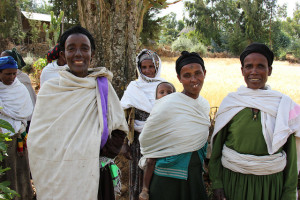
Identify groups who will be using your findings from the very start of the research process.
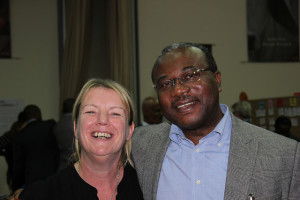
Share your findings with different types of actors including those that are sympathetic to gender issues and work in gender-sensitive ways or whose mandates are supporting women or other targeted social interest groups.
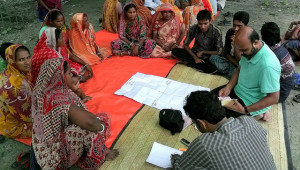
Unpack, analyse and represent your data according to gender of study participants and to other relevant variables of analysis like age or ethnicity.
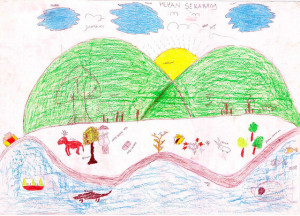
Be gender-aware in visuals such as photographs, drawings, animations, videos, you use to illustrate your findings.
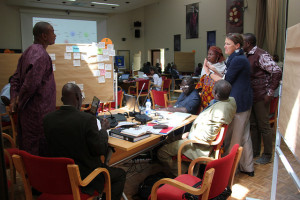
Leverage your findings and communication products through seminars, workshops, events and conferences to increase the integration of gender issues in the agenda.
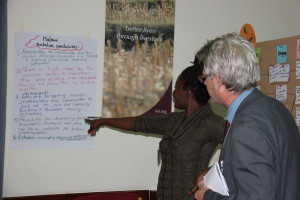
Use appropriate language that is matched to the level of technical understanding of your target audience.
You can read about all of the 12 tips here. The authors also recommend the FAO resource Communicating Gender for Rural Development.
Also see Bioversity International’s new gender and social inclusion strategy











